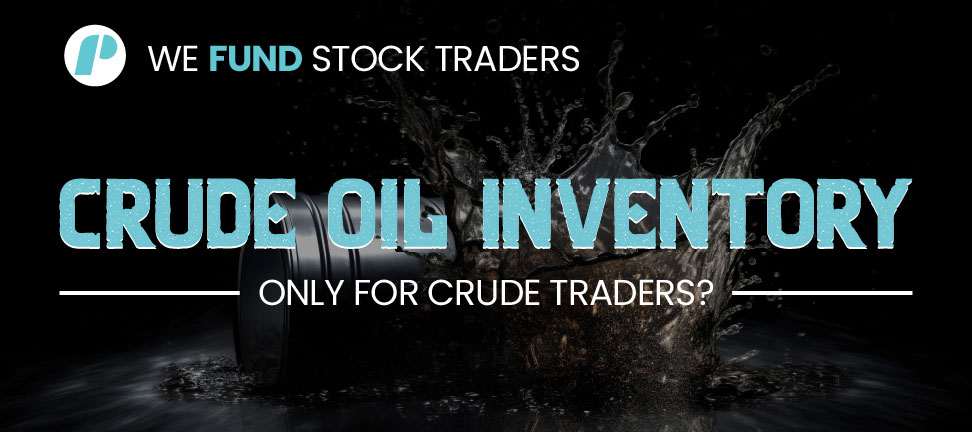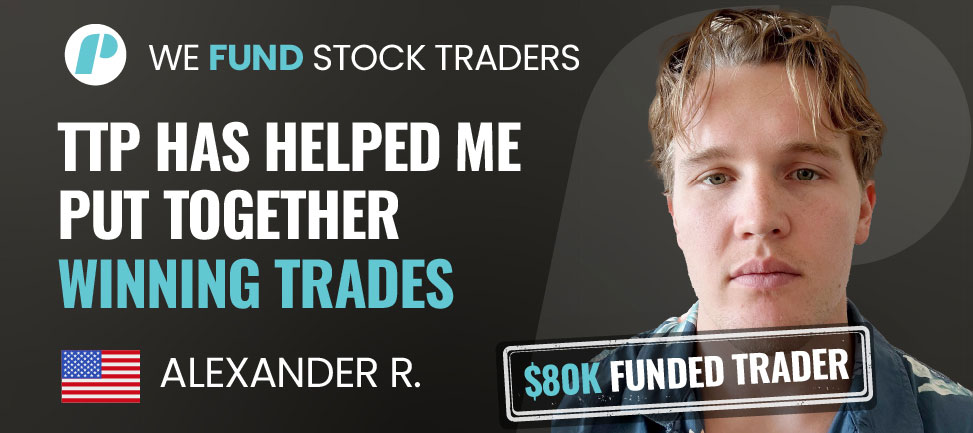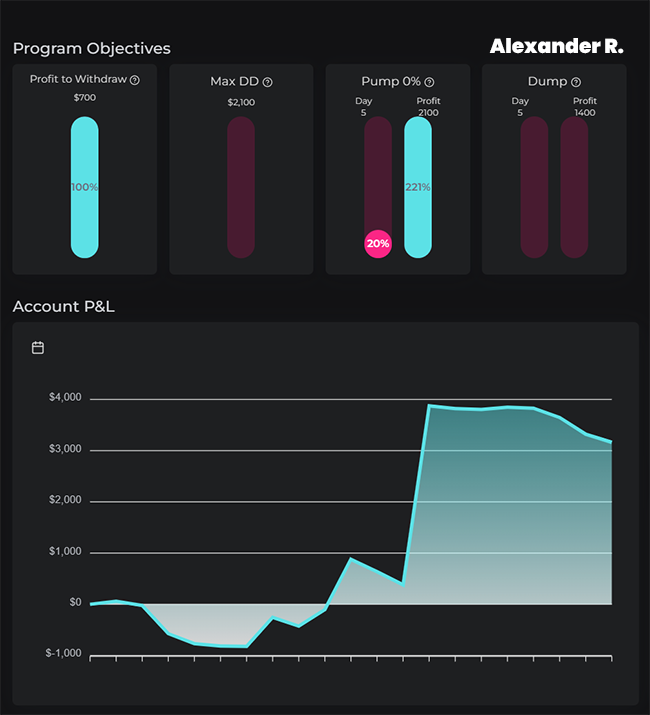What it is and why it is relevant to you whatever you trade
As most of us realize, crude oil has been a high-value commodity worldwide for around two hundred years now. It fuels transportation, powers businesses, and is a necessary element for the production of many everyday items and materials such as plastic.
The stockpile of unrefined petroleum kept by countries, companies, and other large entities is referred to as a “Crude Oil Inventory”.
Crude inventory Reports show a record of inventory levels and they are critical to maintaining a smooth supply and demand balance for crude oil.
The Crude Oil Inventory is an extremely valuable indicator of the energy market’s supply and demand dynamics and has an impact not only on domestic oil prices but also on the worldwide oil market.
In this post, we will look at the importance of the Crude Oil Inventory in a little more detail and we’ll discuss its importance from a trader’s perspective.
What is the Crude Oil Inventory
Well, as we just said, the Crude Oil Inventory represents the entire amount of unrefined petroleum in Countries’, Companies’, and large entities’ hands. What we didn’t say though, is that this also includes all the petroleum stored in tanks, circulating in the pipeline, and transiting on board offshore ships.
The data, in the US, is collected and published weekly by the EIA (Energy Information Administration) and it is of course measured in barrels.
Why is the Crude Oil Inventory important from a trader’s perspective?
Having the figures regularly monitored and readily available to the public helps to calculate whether there is a deficit or a surplus and by what value.
Traders and investors are known for keeping a careful eye on crude oil stock levels in order to assess economic stability, forecast market patterns, and predict future price movements.
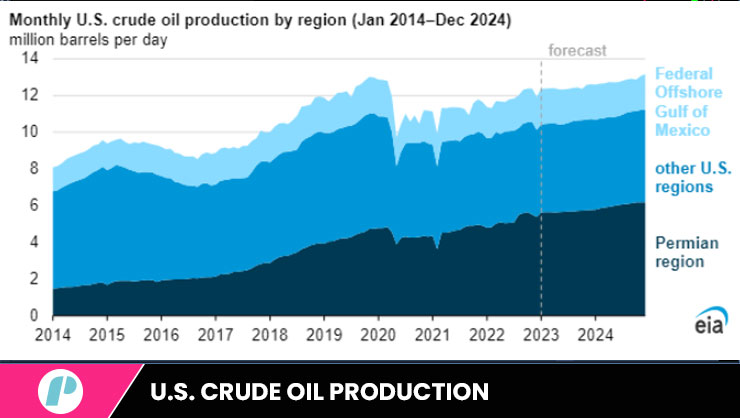
The crude oil industry is a crucial driver of the global economy, impacting various sectors ranging from transportation and manufacturing to energy production. This means that the report is relevant to you as a trader, whether you trade crude oil or not. Any fluctuations in crude oil prices can have (and often have) a significant impact on all stock markets around the world.
Stock traders closely monitor the crude oil inventory in order to navigate this volatile market, since it is essential to comprehend the supply and demand dynamics.
What are the factors that make the Crude Oil Supply relevant to stock traders?
Supply and Demand Dynamics
As we said earlier, the data on crude oil inventories offers important insights into the market’s dynamics of supply and demand; by keeping a firm eye on it, traders can more accurately evaluate the supply and demand balance.
A rise in inventory levels could indicate oversupply, which could result in a decline in oil prices. On the other hand, a drop in inventory levels would signify a rise in demand, which might result in higher oil prices. This information alone is already very useful to energy-sector traders to make better-informed trading decisions.
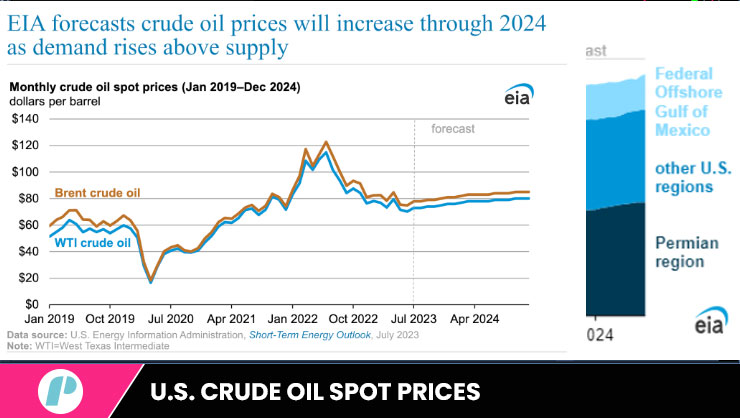
Price Volatility
Crude oil prices are known for their volatility, which obviously can offer excellent opportunities for traders. The crude oil inventory data helps traders create an expectation and bias on potential crude oil price movements. If inventory levels are predicted to drop, for example, it may indicate a tightening of the supply, which could put upward pressure on pricing.
On the other hand, a rise in inventory levels can signify a surplus with the potential of pushing prices down.
By monitoring these price swings, stock traders can profit by making timely trades.
Energy Sector Stocks
Crude oil prices have a major impact on the Energy Sector’s performance and heavily influence its stock prices.
Companies involved in the exploration, production, refining, and distribution of oil often experience significant impacts on their bottom line due to oil price fluctuations, but, by correlating crude oil inventory data with stock performance, traders can identify trends and potential opportunities within the energy sector too.
Macroeconomic Factors
Crude oil inventory data is useful not only for energy-related stocks but also for gaining insight into larger macroeconomic patterns. Because crude oil is a crucial component in many industries, changes in inventory levels can have an impact on economic growth. Lower inventory levels may imply increased economic activity and industrial production, whilst higher inventories may signify a downturn. To acquire a better knowledge of the economic landscape, stock traders might use this data as part of their trading strategy.
Intermarket Analysis
Modern stock trading tactics sometimes include inter-market analysis, in which traders examine relationships and patterns between various asset classes across sectors.
Inventory data for crude oil can be a great indicator when trading other financial instruments such as currencies, commodities, and stock indices. For example, an increase in the inventory could signal an oversupplied market, perhaps leading to a stronger US dollar and, usually, to a stock market price decrease.
Summary
The crude oil inventory is a crucial component in the arsenal of tools that stock traders use to make informed investment decisions. By closely monitoring supply and demand dynamics, price volatility, energy sector stocks, macroeconomic factors, and intermarket analysis, traders can gain valuable insights into the crude oil market and identify potential opportunities for profit.
Understanding and interpreting the inventory data is essential for traders seeking to profit from the volatility of crude oil prices, the energy sector, or the stock market in general.
So the lesson for the day here is: don’t forget to monitor the Crude Oil Inventory even if you don’t intend to trade crude!
As always, hope this helps.
Keep your game up, traders!
